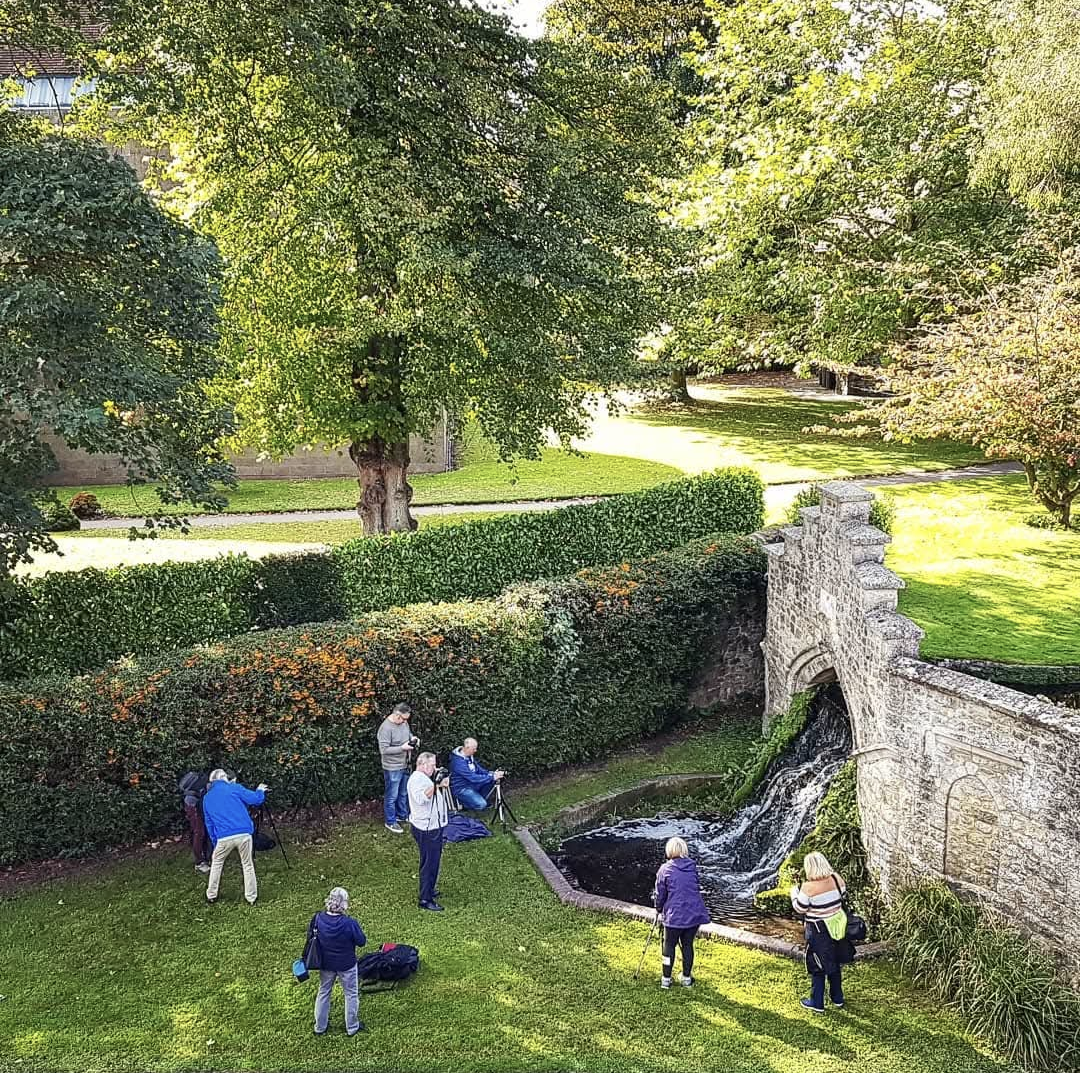JMW Turner: An Alternative View
by ASH Smyth
April 2025
ASH Smyth takes a leaf out of JMW Turner’s sketchbook.
Today’s the 250th birthday, so to speak, of JMW Turner.
Every media outlet in the UK already spent the Easter weekend running illustrated features on this, and doubtless there is much to say about the great man’s (actually, er, slightly ‘sketchy’?) legacy, and all his famous paintings like The Fighting Temeraire, Rain, Steam and Speed, and Dido Building Carthage, as well as his self-portrait.
Personally, I’m rather partial to his (presumably rather urgent) ‘studies’ of the great fire at the Tower of London, from 1841. This is not a political statement on my part—though I suppose it might have been on his, I don’t know (Turner’s was something of a rags to riches story, after all). Mostly I just like oddities, duds, the alternative versions that did not get famous. These particular impressionistic sketches were for decades thought to depict the burning down of the Houses of Parliament, seven years previously.
My favourite of his paintings, however, and absolutely the first thing I think of when anybody anywhere mentions the artist, is a little-known watercolour, rarely on public display, of the cascade opposite my parents' house, in Kent.
Painted in 1791, when Turner was only 16 (the bastard), this quiet, bucolic scene, occupying the top half of a page ripped from his sketchbook, was, for most of its life, catalogued under the title The Ruined Tower of an Abbey with a Water Gate (whereabouts unknown).
It shows, true enough, a ruined Norman(ish) tower in the background. Across the middle runs a boundary wall of grey stone, perhaps as much as 10ft high, with trees behind it, and a substantially-higher stepped archway with fake walled-up 'window' apertures to the left, right and over the top, below which a significant-looking stream flows out, dropping about 5ft or so to the ground level. In the foreground there's a lot of water on what I'm going to call the 'road' (see below), with a bit of wooden fence to stop folk falling in the little pond (I guess), over which someone's draped their jacket; a signpost pointing off to the left; and two chaps standing around yarning, one of whom either has too many legs or is sitting on a horse (see, also, below).
Not the most amazing piece of art—even romantic ruins art—the world has ever seen, in fairness. Largely grey, green and brown, only the small bit of sloping tiled roof attached to the tower (red) and the right-hand bloke’s jacket (blue) leap out as colourful, despite the fact it looks semi-summery.
But if the end product hardly became the frontispiece for Turner Studies, those ‘whereabouts’ are not unknown.
Twenty years ago, a local artist called Tim (Harker, father of a childhood friend) had some time to kill before a meeting and popped into the Tate Britain, where he spotted this painting. Recognising it immediately as a scene he walked past every day in his—our—home town of West Malling, he clued in the proper authorities and, once verified, curators dutifully re-captioned it.
The picture's full (if rather cumbersome) moniker now reads West Malling: St Mary’s Abbey with the Cascade; a Study of Posts and a Signpost. (It doesn't look to me like the main thrust of the painting is exactly posts/signposts—but then I'm not an artist so what do I know.) And the abbey's boundary wall these days has a blue plaque on it drawing the attention of passers by to the cascade's place in the art history of Britain. This is a) a bit of an eyesore, b) has to be edited out of photos, and c) causes cars to slow down to read it, on what is already a pretty dodgy blind bend with a 20mph speed limit.
Readers may by now have gathered that I feel somewhat possessive about this scene, it having been the view from my bedroom window (and then my daughter's bedroom window) for the better part of quarter of a century. The family home, what's more, is called Cade House: an abbreviation of 'cascade' has always seemed the least unlikely etymology. Visitors since we moved in in the 1980s have routinely asked if we were kept awake during the night by ‘rain’.
Having witnessed the eponymous watercourse in every conceivable condition—full flow, bone dry, choked with manky pond scum, frozen solid—and every possible light, I’ve taken probably hundreds photos of it myself (lacking any ability to paint) under all manner of circumstances: our daughter stomping in it, in her wellies; our beloved but deeply thick lurcher trying to bite the water; with a kids’ bike abandoned in it (‘Idyll’, after Turner, 2016); bedecked with daffodils and/or beer cans; with a dead snake in the hedge; and indeed with photographic groups standing on the grass taking their own (technically superior but no doubt otherwise quite boring) pictures.
West Malling—and our street itself, come to that—has had its fair share of big-name visitors, from Dr Johnson to Charles Dickens, Guy Gibson to the Beatles (filming their Magical Mystery Tour), and the first team of Australian cricketers (aboriginal ones, as it goes) to tour to England. I know next to nothing about JMW Turner—something I clearly should rectify—but have often wondered what had brought him to the area in the first place. He spent plenty of time around the rest of Kent, painted the Norman keep at the other end of the village (built by the same architect as the Tower of London, by nice coincidence), and even came back to draw the abbey per se in 1798. He can't ever have set foot in our house, regrettably, since it wasn't built until about ten years after the cascade business. Maybe he stayed next door, where John Downman (ARA) lived in the late 18th century.
The 2005 redesignation of this hitherto obscure painting had, in turn, a nicely circular knock-on effect on local history, plainly disproving the prominent inscription of ‘1810’ above the cascade as obviously a decade or two behind the times. The working hypothesis, currently, is that the archway and surrounding wall are not a ‘gothick’ folly—as once thought—but in fact the repurposed facade of a late-medieval building, likely from within the abbey grounds.
My parents, needless to say, have a print of West Malling: St Mary's Abbey (etc., etc.) in the front hall. And the painting is, I'm told, ‘reflective of Turner's early training as an architectural draughtsman.’
As someone who can barely draw a stick man, I'm wary of suggesting that Turner was anything other than a genius, even at the tender age of 16. However, I have to say the angles of his walls aren't right; the considerable volume of water in the image makes little allowance for the presence of the road (which these days it flows under) where Turner must have been standing with his sketchbook; and the two fellows front left look more like Edward Ardizzone characters than Turner’s own accomplished later portraiture—to say nothing of the almost totally invisible (and noticeably diminutive) horse. (Another painting we have of this scene has a ghostly nun in it. Must be something in the water.) The Tate’s own catalogue entry admits, ‘the figures… are less accomplished.’
It's likely I've just spent too much time staring at the real thing. But what I've never seen is the Turner original. Apparently it's viewable, in the Tate's Prints and Drawings Room. I’m back in town next month, and ought to see if I can take a look at it.




